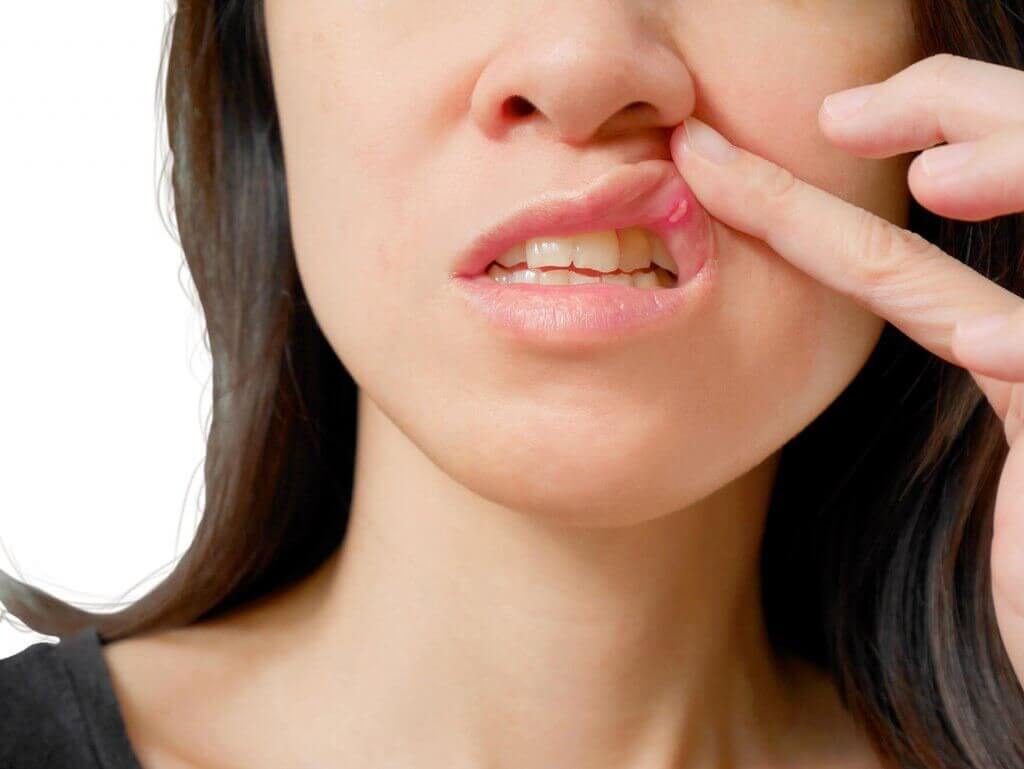Out of the numerous mouth infections, one can suffer from, we would like to introduce you to the three most common. Today’s topic is aphthae.
6 out of 10 people suffers from aphthae at least once in their lives. However, the cause of this infection is still unknown. It appears most commonly when the immune-system is weakened, or when the body lacks vitamins. Other reasons could be the consumption of certain foods (nuts, citrus), or damage done to the gum by a toothbrush or other dental equipment.
Aphthae is a tiny infection, with a white-yellowish lesions, surrounded by a circular red area. It usually appears one at a time, but there are cases when more than one are present at the same time. The tongue, the inside of the cheeks, or the lips can be affected.
Don’t be fooled by its tiny size. It causes a very unpleasant burning sensation, and sometimes discomfort during chewing, as well as hyper-salivation, making eating and speaking rather hard. Even though the exact causes remain unknown, here are a few things that may trigger aphthae:
- Too much forceful brushing
- Problems adapting to a denture
- A lesion caused by chewing a hard or acidic food
- An accidental bite during chewing
- A burn after consuming a drink or hot food
- Ulceration caused by the needle during dental anesthesia
- Injury related to wearing orthodontic appliances or a badly positioned tooth
- Stress and fatigue
- Poor oral hygiene
- Taking certain medications (anti-inflammatory, anti-steroid, beta-blockers, antidepressants)
- Hormonal changes
The infection goes away within a few days, but in some cases it takes more than that, and can last for a week. In order to shorten that period, here are a few things you can do to fight aphthae:
- use disinfectant in the area
- use numbing gels and/or mouthwashes
- avoid nuts and spicy food
- use a soft toothbrush, when cleaning your tehet
